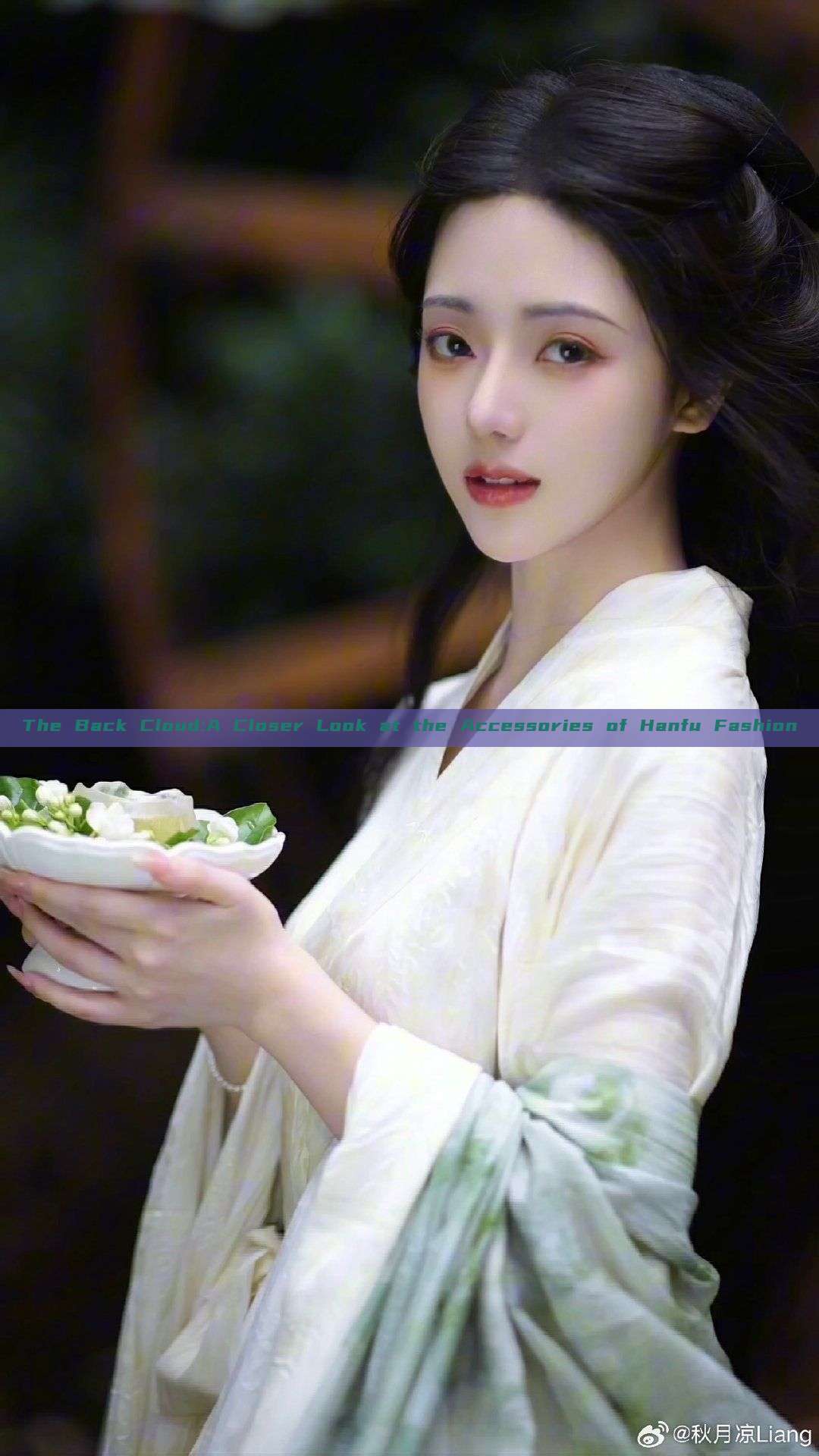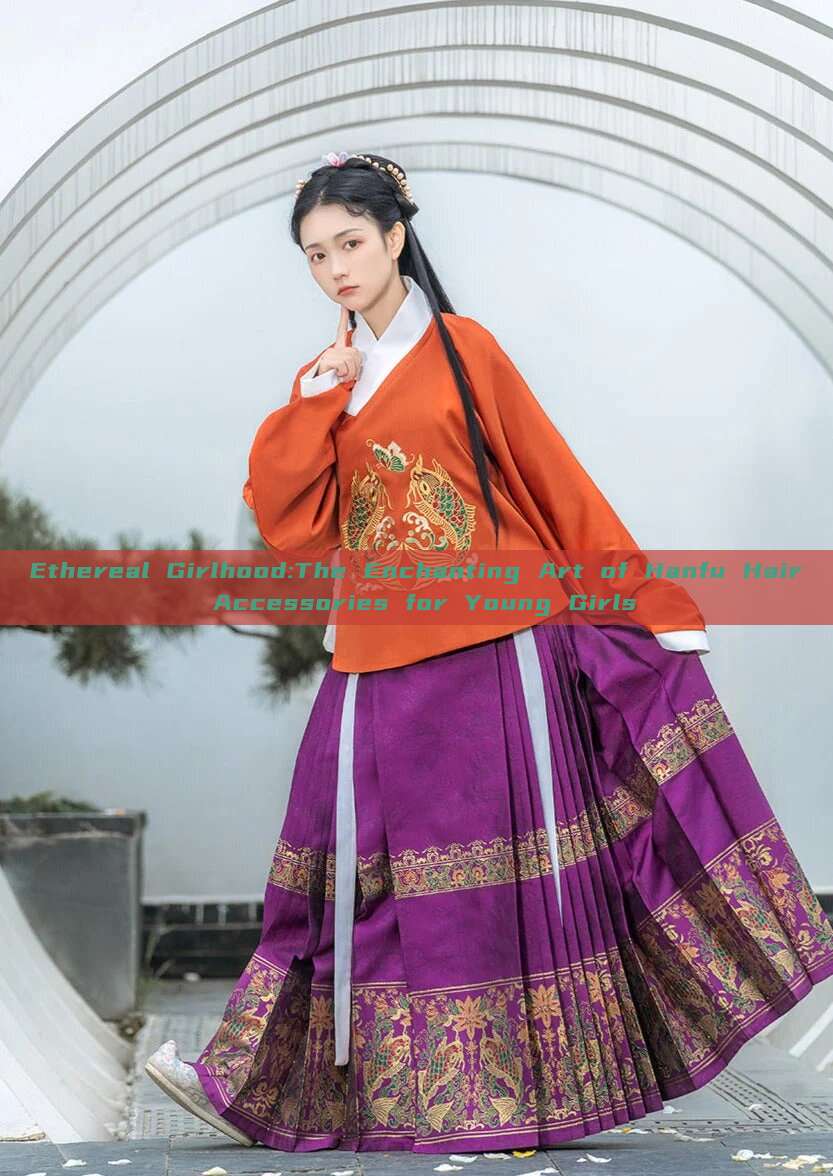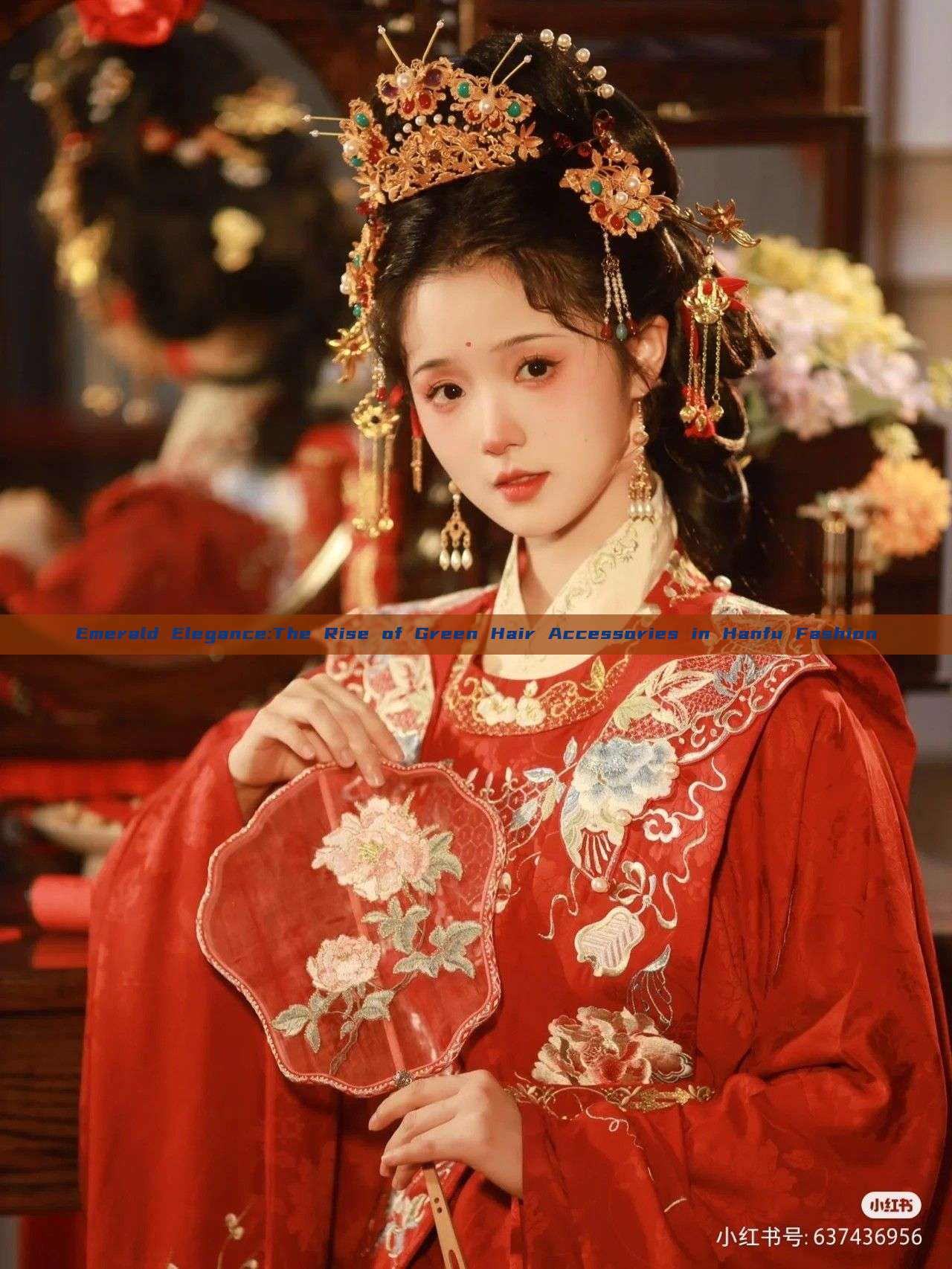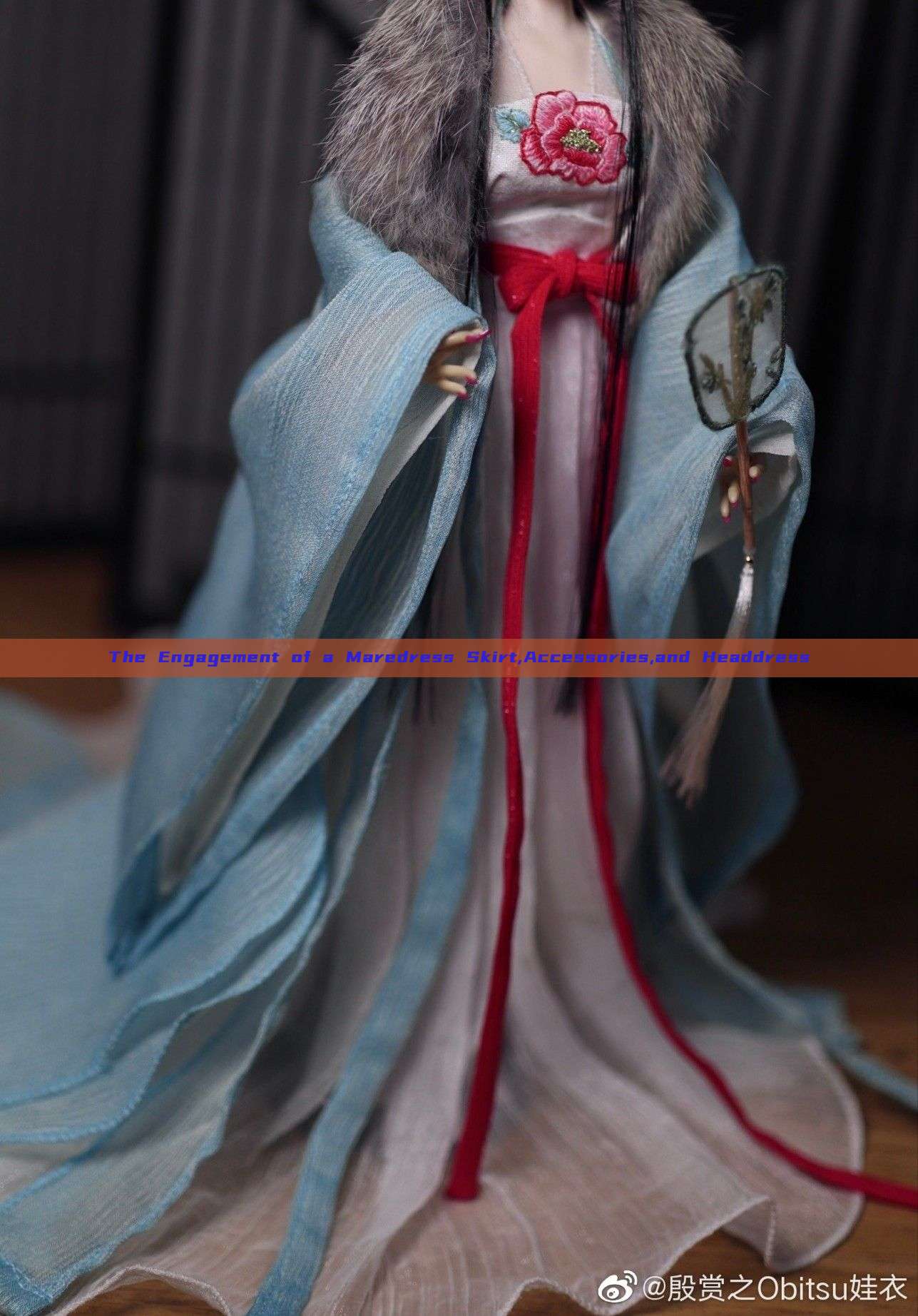In the traditional Chinese culture, Hanfu, also known as Han clothing, represents a unique and distinctive style that dates back thousands of years. This attire is not merely about clothing; it is an embodiment of history, art, and cultural heritage. Among the various components of Hanfu, hair Accessories hold a significant position, particularly the exquisite designs of the Ming era.
The Ming dynasty (1368-1644 AD) witnessed a flourishing period in hair accessory design, reflecting a fusion of cultural elements with innovative styles. These hair accessories were not just for decoration but also served as symbols of status, power, and beauty. The intricate details and craftsmanship employed in Ming-style hair accessories are truly remarkable.
One of the most notable features of Ming-style hair accessories is their diversity. From simple combs and hairpin to elaborate headpieces and hairpins with exquisite carvings, each piece tells a story. These hair accessories were often made from precious materials like jade, gold, silver, and wood, which were carefully carved and inlaid with gemstones and pearls. The designs often featured traditional Chinese motifs like clouds, flowers, birds, and dragons, symbolizing good luck and prosperity.
During the Ming period, hair was often worn in complex styles, with layers and knots that required specific accessories to maintain. Combs were the most common hair accessory used during this era and were often quite large, with intricate designs that matched the wearer's attire. Hairpins were also widely used to secure hair in place and add extra embellishments to the hairstyle.
Another important aspect of Ming-style hair accessories is their craftsmanship. The use of intricate carving techniques, inlaying, and engraving was common. These techniques were passed down through generations of skilled artisans, ensuring that each piece was a masterpiece in itself. The use of precious materials added to the elegance and value of these hair accessories, making them not just functional but also works of art.
Ming-style hair accessories also reflect the changing social landscape of the era. As the economy flourished and trade routes expanded, new materials and techniques were introduced to hair accessory making. This fusion of cultures led to the creation of unique styles that were both traditional and modern. The influence of foreign cultures can also be seen in some of the designs, showing a true melting pot of cultural influences.
The influence of Ming-style hair accessories on modern fashion is evident. With the rise of traditional culture and the revival of Hanfu fashion, many modern designers are incorporating elements of Ming-style hair accessories into their designs. This fusion of traditional and modern elements creates a unique style that is both authentic and contemporary.
In conclusion, Ming-style hair accessories are not just about beauty and decoration; they are a window into the rich cultural heritage of China. They reflect a fusion of cultural elements, skilled craftsmanship, and social landscapes that have shaped Chinese history. The intricate designs and use of precious materials make them a treasured part of Hanfu fashion that will continue to inspire for generations to come.
Today, as we appreciate and revive traditional culture, it is important to remember the rich history and craftsmanship behind these hair accessories. By understanding their history and significance, we can better appreciate the beauty and elegance of Hanfu fashion, which continues to inspire and influence modern fashion trends around the world.








